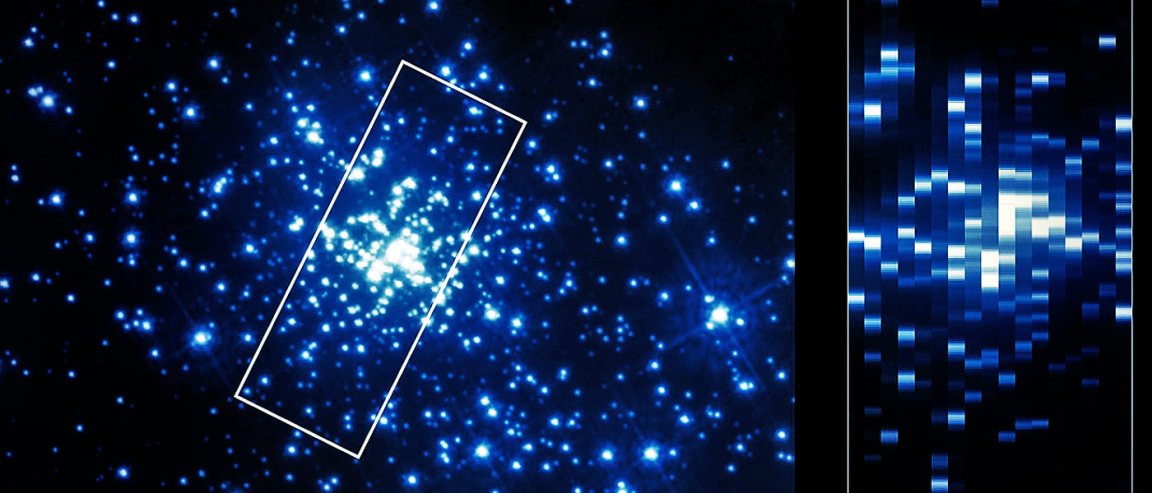
Peering Into the Heart of the Tarantula
If you think the Sun’s big, think again. There are some stars out there beside which our Sun would seem as puny as Pluto.
And now, using the NASA/ESA Hubble Space Telescope, an international team of astronomers has identified nine of these colossal stars, each with masses over 100 times that of the Sun. The stars in question live in a nebula within the Large Magellanic Cloud (a satellite of the Milky Way).

The team employed ultraviolet imagers on Hubble to peel back the layers of the young star cluster R136, which is notorious for incubating the most massive stars in the known universe.
Located over 170,000 light years away, R136 is only a handful of light years in diameter, and is buried deep within the Tarantula Nebula, one of the jewels of the Large Magellanic Cloud, and undoubtedly one of the most spectacular star formation nebulae in the Local Group.
Building a Monster Star
The new study also managed to resolve numerous stars that are 50+ solar masses. None of the new discoveries, however, managed to top the current stellar record-holder: the prodigious, incomprehensibly huge R136a1, which weighs in at over 250 solar masses.

The newly found gargantuan stars are also incredibly brilliant, shining more than 30 million times more brightly than our own modest star. And monthly, they eject enough stellar material to make an Earth sized planet—a common behavior with such huge, and hugely ill-behaved, stars.
The study also questions how such giants form in the first place.
“There have been suggestions that these monsters result from the merger of less extreme stars in close binary systems. From what we know about the frequency of massive mergers, this scenario can’t account for all the really massive stars that we see in R136, so it would appear that such stars can originate from the star formation process,” says Saida Caballero-Nieves, a coauthor of the new research.
Seems we’ll need even bigger ‘scopes in the future to find out what’s really going on.